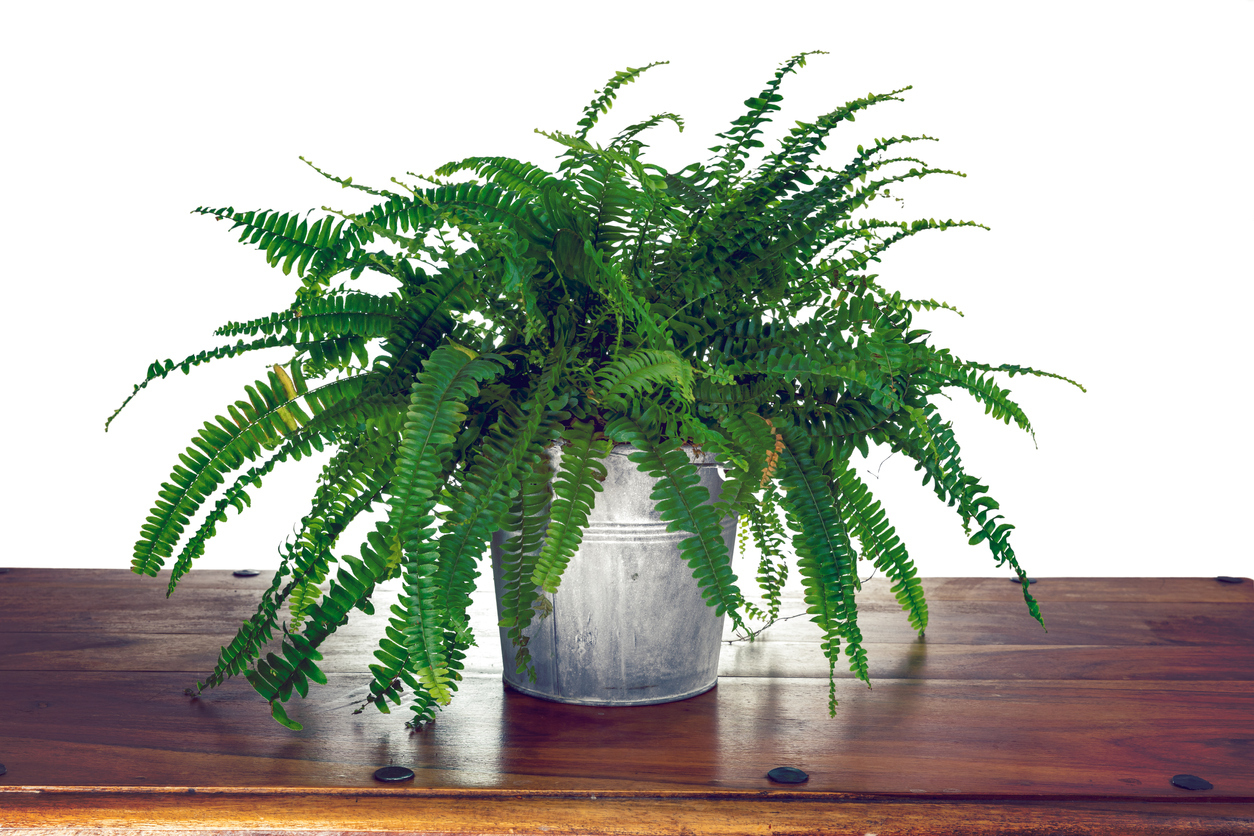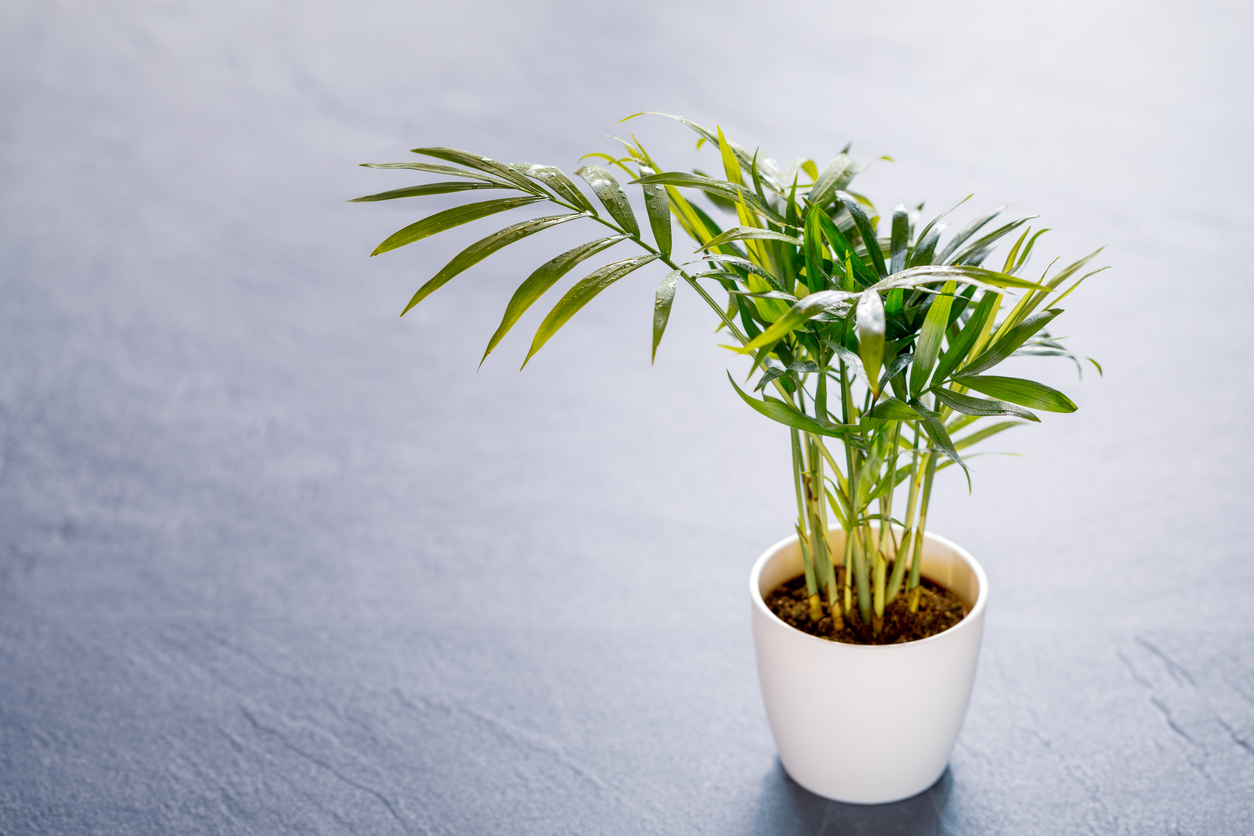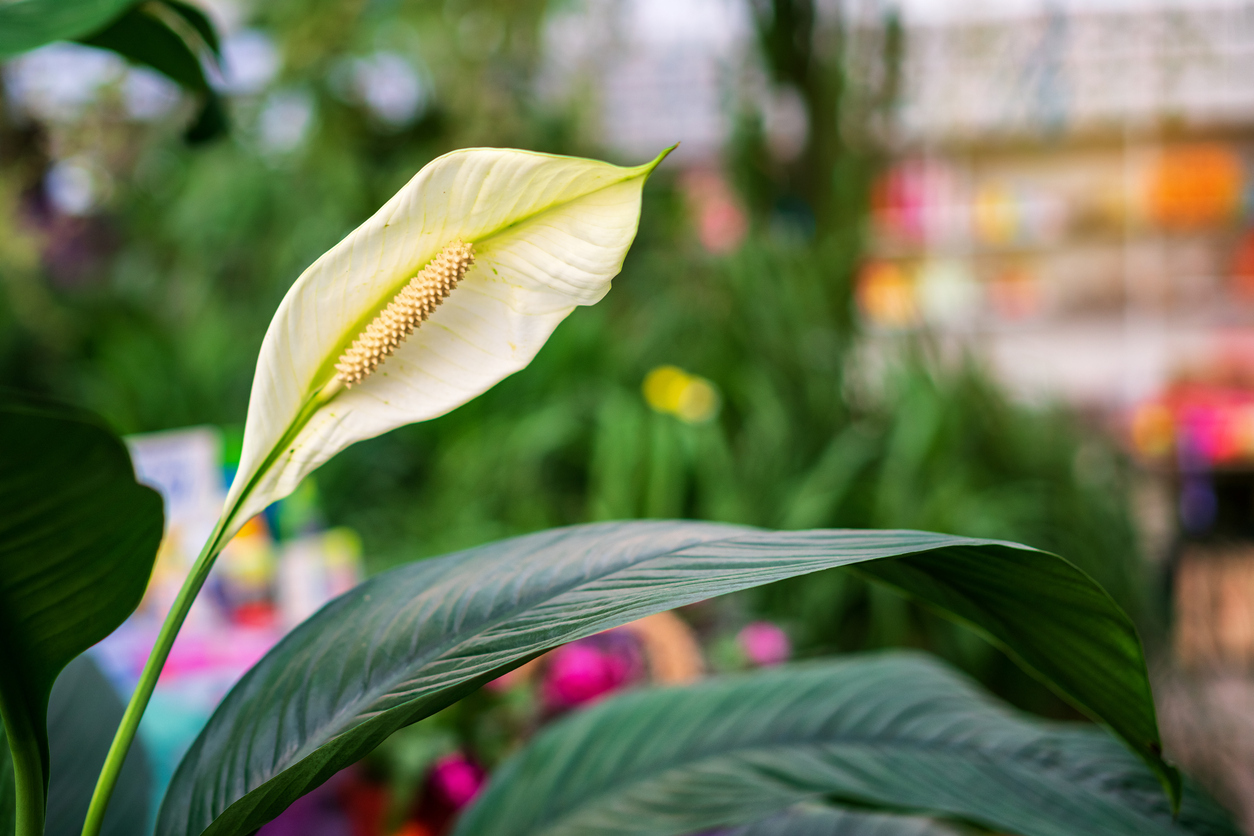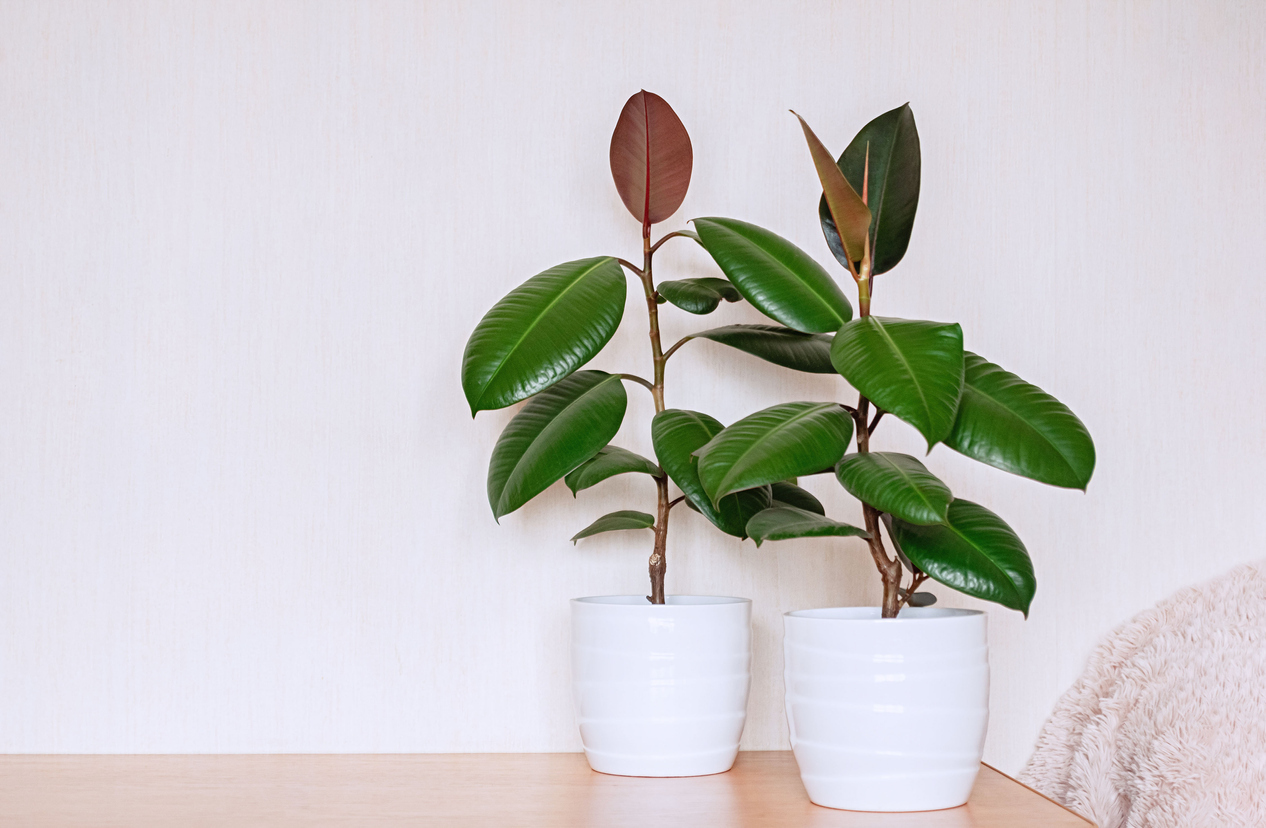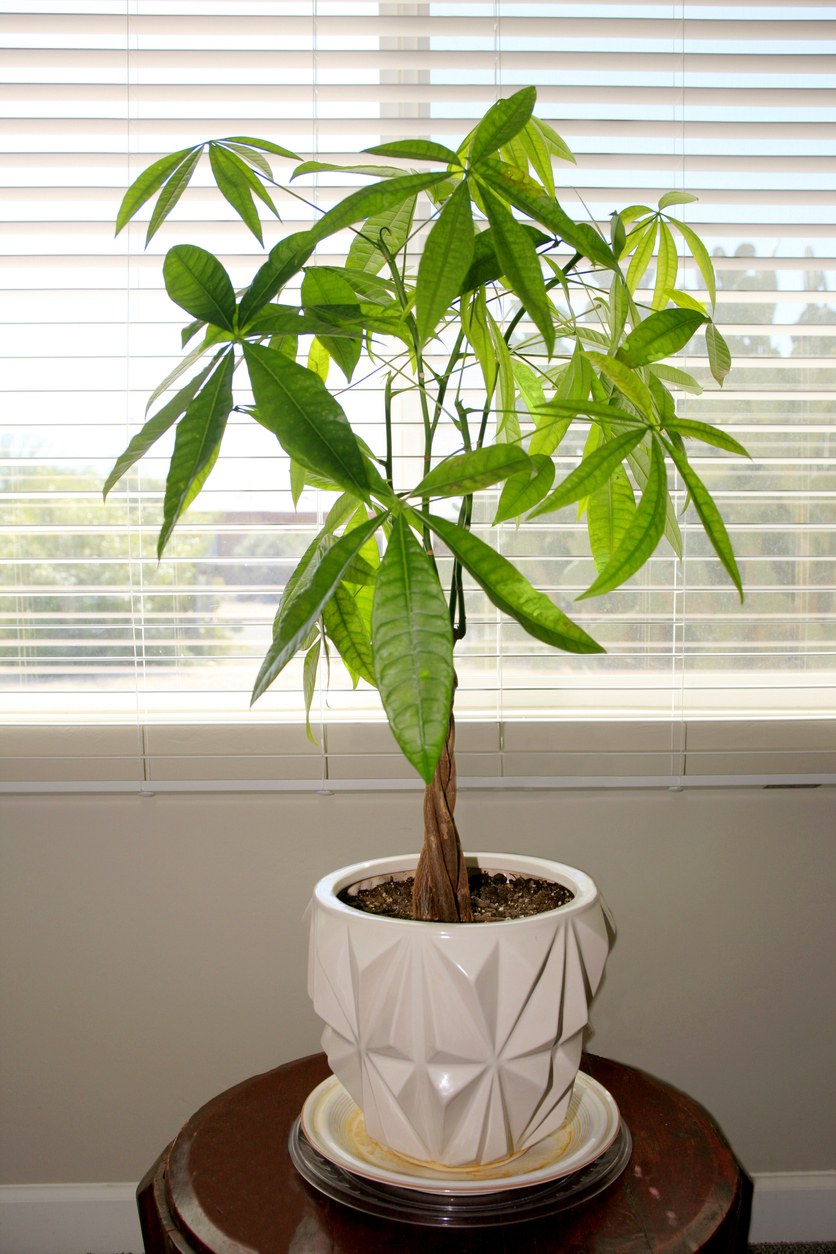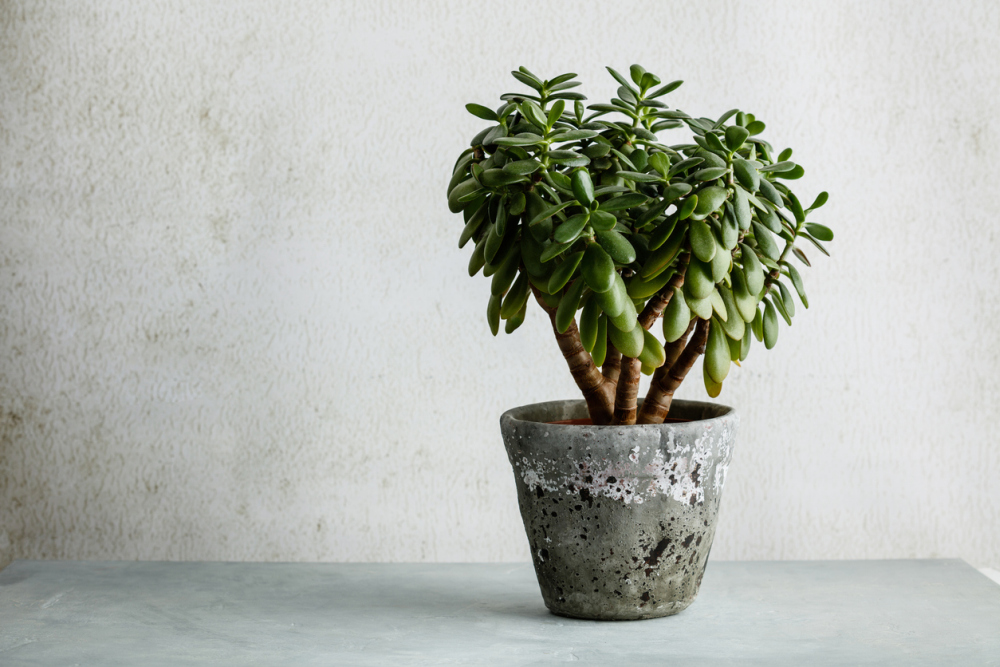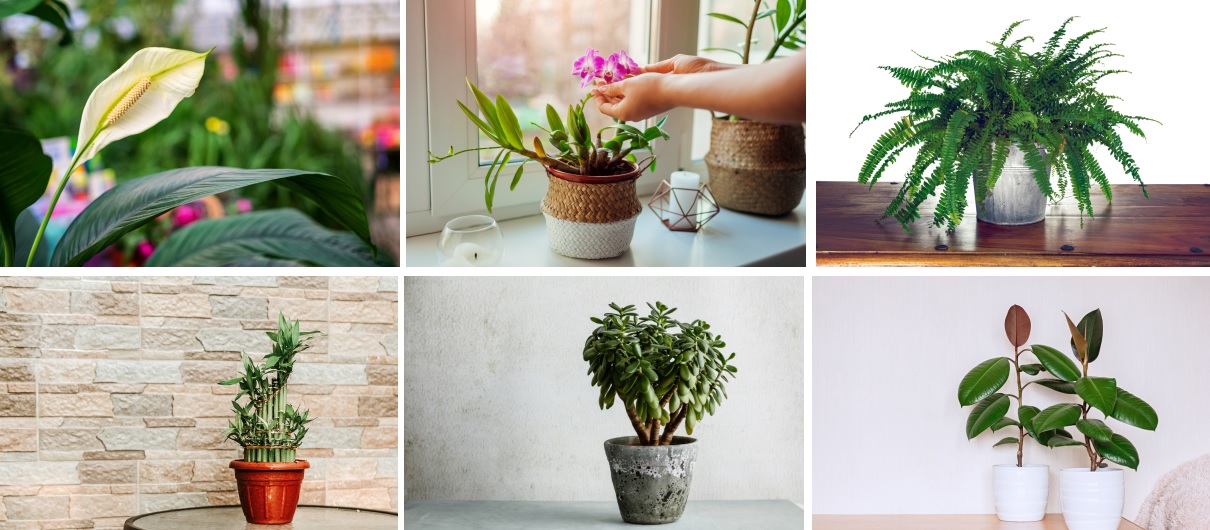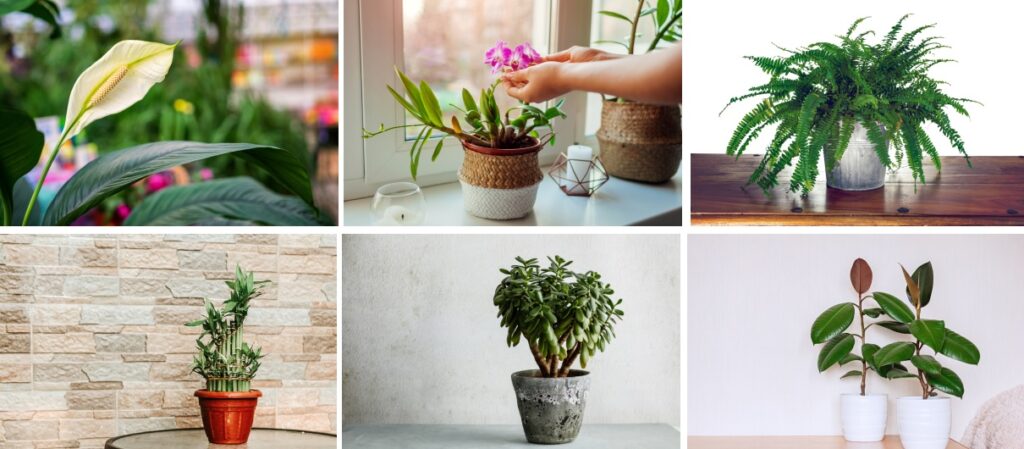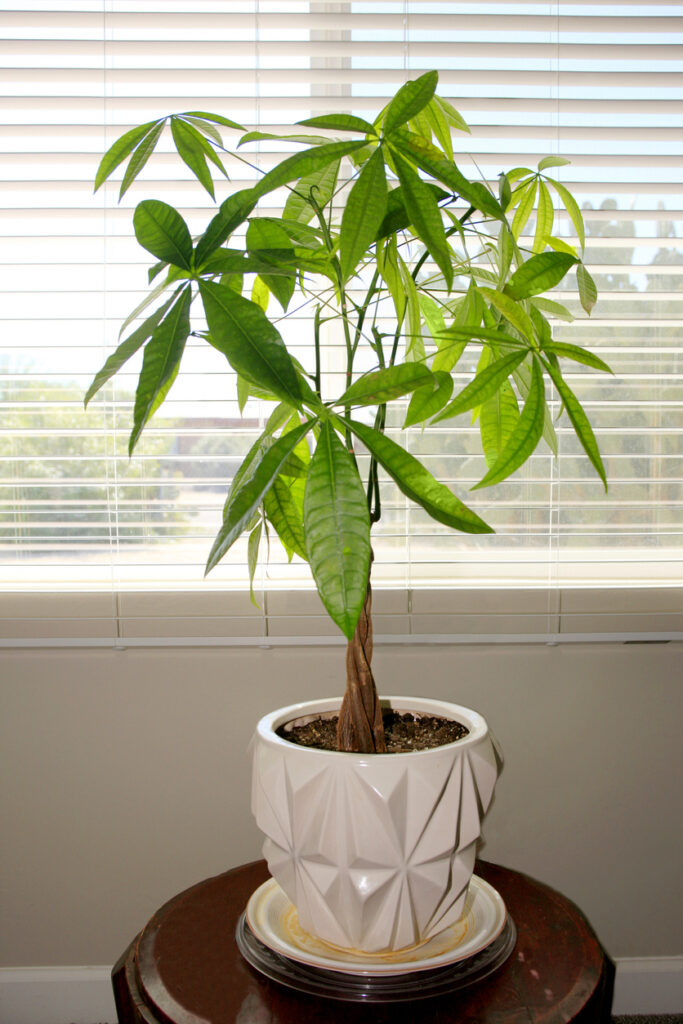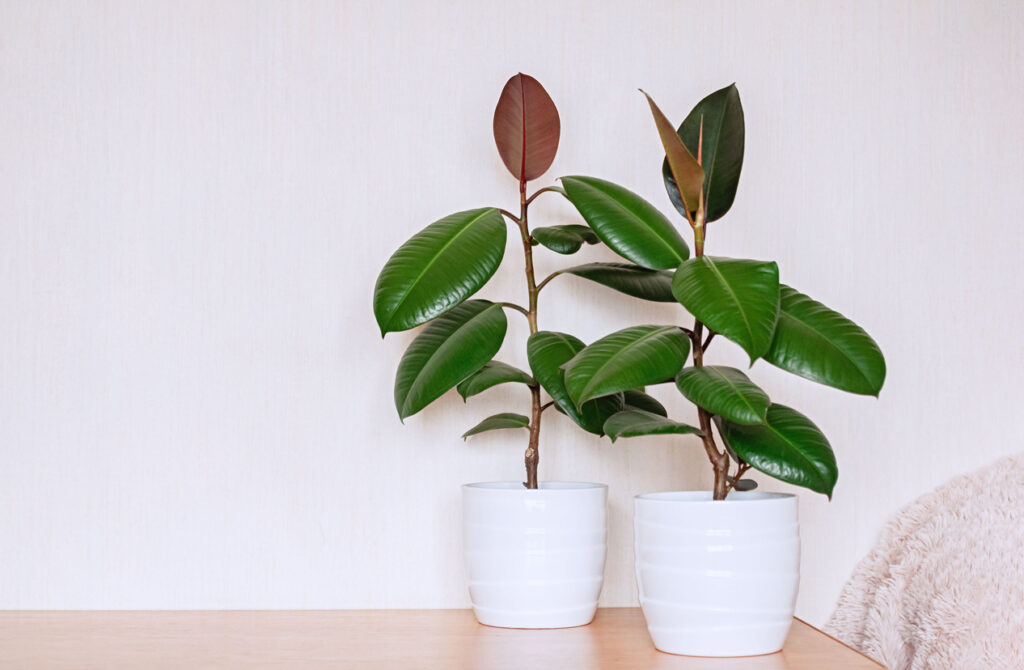Lucky Plants That Bring You Prosperity, Health, And Good Fortunes
You don’t have to be a Feng Shui buff to know about lucky plants. The money plant for example doesn’t need an introduction. The name tells you all you need to know about the myth behind it and the main purpose people grow it for. But it’s not all about money and fortune when it comes to plants and Feng Shui.
Some plants are just a delight to look at. They create a calming ambiance, reduce stress, and send you into a meditative state just by being in close proximity to them. Orchids, ferns, and lilies belong to this ornamental group of plants that Feng Shui rules recommend you place in certain corners. Whether you grow them at home or in your office, some plants remove toxins and pollutants from the place. They act as natural purifiers that keep the air you breathe both clean and fresh. It’s safe to say these are also lucky plants whether they actually bring you good fortunes or not.
Popular Indoor Lucky Plants
The following are some of the luckiest plants you can start indoors. According to Feng Shui, they bring about peace and energy balance to the house and keep negative energy at bay. Scientific research tends to back these conclusions. There’s something about having a living plant around you that brings about a positive sense of wellbeing and happiness.
Money Plant (Crassula Ovata)
Contrary to popular belief, Sheng Fui is not all about luck and wealth. It’s also about utilizing every inch of your home and creating symmetry and harmony at home that reflects on you in a positive way. But when it comes to the money plant there’s no denying that it’s all about material wealth. A member of the jade family, this plant is known by many names. It goes by dollar plant and cauliflower-ear plant among others.
The fleshy leaves of the money plant are round like coins so growing a plant at home invites wealth and prosperity. They grow to about one inch long and one and a half-inch wide. Some cultivars have variegated leaves. In the winter, small star-shaped flowers bloom either in white or pink. They have a faint but delicate scent which you need to be near the plant to smell.
The conditions have to be right for the hardy and succulent money plant to flower. It needs cool temperature and long nights to bloom. According to legend, a flowering jade plant in your house is a sure sign good luck is heading your way.
Money Tree Plant (Pachira Aquatica)
Unlike the money plant which is succulent, the money tree plant is a proper tree. You can still grow it indoors in a container, although it needs a little more space and care. A member of the family Malvaceae, it has other names such as Saba Nut, French Peanut, Guiana Chestnut, and Provision Tree.
The first thing you notice about the tree is its braided trunk. The trunk of the tree is a combination of between 5 to 7 stems all entwined intricately to form a strong trunk that holds a lush canopy at the top. The deep green leaves have the shape of a spearhead and look their best in a well-lit corner of the room or the office.
The adult tree grows to about 6 feet tall. When grown indoors, the tree rarely flowers. And although Feng Shui attributes elements of good fortune and prosperity to this tree, it was actually business acumen rather than luck that started this legend. The story has it that someone down on their luck came across this tree. Enchanted by their entwined trunk, that person started cultivating it and selling it in the neighborhood. Pretty soon they had a successful business and a lot of money, all thanks to the money tree plant.
Lucky Bamboo (Dracaena Sanderiana)
If you don’t have enough space for a full-fledged tree and prefer a plant steeped in mythology that can summon prosperity at will, why not try the lucky bamboo? Its other names include Goddess of Mercy, Chinese water bamboo, and Sander’s dracaena.
Despite the name, the lucky bamboo is not even related to the regular bamboo family. You can grow it in a container where the fleshy stems grow to about 3 feet. Out of the stem, dark green leaves form a lush and delightful ball of greenery.
To help bring luck to your place of residence or work, you should strive to keep the lucky bamboo as compact as possible. Prune them regularly so that they don’t reach their full height. If you don’t have time to manage their offshoots, then keeping them in small containers stunts their growth.
This lucky plant can grow in any medium. In soil, water, or rocks, it has a robust root system that thrives just about anywhere. To get the most out of it, visually speaking, you can grow it in a glass ball with nothing but rocks and water. And since we’re talking about luck, the more stalks of bamboo you have the more wealth and good fortune you’ll get.
Rubber Plant (Ficus elastica)
Rubber plants are more than just ornamental plants that sit pretty and suck up moisture and nutrition in the soil. Far from it. These plants also filter the air and absorb the toxins so that you can breathe clean air every day of your life.
A member of the ficus family, this plant has large oval leaves that reflect different shades of green with distinct pink undertones. Some cultivars have creamy white leaves or even yellow-green leaves. One thing is certain according to the trusty sources of Feng Shui. The rubber plant is an auspicious plant that invites good health, luck, and an abundance of wealth wherever it grows.
When the plant reaches its full height of 10 feet it’s hard to ignore. Keep it in a strategic spot in your living room or office so that it brings balance and harmony to your life. Not to mention it will save you a fortune on air fresheners.
Orchids
Of all the lucky plants, orchids are by far the prettiest as well. It’s hard to imagine how such a beautiful plant cannot inspire happiness, peace of mind, and maybe a cash windfall as well. But if you really want to make sure you are in the crosshairs of luck and good fortune, you should opt for the violet orchids. They symbolize love, fertility, and a healthy relationship on top of being eye candy.
But when it comes to orchids, you can’t go wrong. Most cultivars and varieties have thick green leaves at the base and a long stalk that grows out of the center. Flowers bloom alongside the stalk in different colors and shades. Feng Shui recommends gifting new couples an orchid plant to strengthen their bond. If your relationship is a little shaky, grow orchids around the house. Your significant other will appreciate the gesture.
Peace Lilies (Spathiphyllum)
Another beautiful plant that not only brings harmony into the house but also purifies the air and acts as an organic air filter. And you can easily see why the ancient sages of old have attributed luck and good fortune to this lucky plant.
The green leaves are large, fleshy, and elegant. They grow to about 25 inches long and 10 inches wide. When the plant flowers, the white blooms stand upright and demand your attention. The pure white flower has only one petal that reaches up to 12 inches high.
Even though the peace lily doesn’t really belong to the lily family, NASA listed it as one of the best plants to purify the air. It does a good job of sucking benzene fumes and formaldehyde out of the air.
Citrus Trees
While mainly grown in gardens, some citrus tree varieties are good as indoor plants as well. Their fragrant flowers and meaty round leaves beckon Lady Luck and get you a step closer to landing your dream job.
Indoor citrus trees are compact bushy plants that you need to prune regularly to maintain their elegant shape and small size. Try out dwarf lime trees since they are easy to care for and don’t take up much space.
Parlor Palm (Chamaedorea Elegans)
Palms as houseplants are all the rage these days. Once they’ve matured, they become the focal point in any setting. This applies to parlor palms more than any other indoor palm variety. They have elegance and class written all over their arching fronds and slender trunks. Feng Shui also holds the parlor palm in high esteem. It is believed to rebalances energy in your house and spreads out happiness and harmony.
The shrubby palm grows to about 2 feet high at most and has a high tolerance to different temperatures, humidity levels, and light conditions. You can grow them in a pot or let them drape a hanging basket with their fronds swaying merrily in the summer breeze.
Boston Fern (Nephrolepis exaltata)
The mere presence of ferns in a house is in itself a cause for excitement. Studies have shown that the Boston fern has an astonishing ability to cleanse your air and get rid of pollutants. Maybe that’s why in Feng Shui manuscripts it’s held in high esteem. Place the Boston fern in the living room to welcome your guests and invite positive energy into the house.
A small and bushy plant, the Boston fern is also known as fishbone fern, wild Boston fern, and sword fern among other imaginative names. It can grow to anything from 16 inches to 35 inches. But it’s the trailing fronds with the small and shimmering leaves that make it’s presence hard to miss. They can reach 8 feet long if left unchecked. Luckily, these lucky plants are easy to train and prune. Grow it in a hanging basket and watch your guests’ eyes grow wide in astonishment every time they come knocking.
